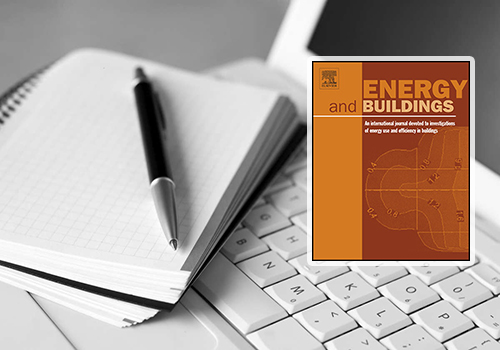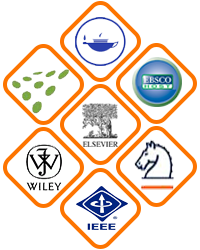کنسرسيوم دانشگاهيان و متخصصان ايران
کنسرسيوم ايرکاس | آموزش مجازي | دوره هاي تخصصي |مدرک معتبر| مدرک بين المللي | دوره هاي حضوري| جامعه مهندسي | جامعه پزشکان | متخصصان ايران
آموزش تعمير تجهيزات پزشکي
آموزش تعمير تجهيزات پزشکي
انجمن مهندسي پزشکي
دوره هاي آموزشي پر درآمد
آموزش بازسي جوش
آموزش پايپينگ
انجمن مهندسي مکانيک
دوره آموزشي تعميرات
آموزش تعميرات تجهيزات دندانپزشکي
آموزش تعمير تجهيزات بيمارستاني
آموزش تعمير تجهيزات تصوير برداري
آموزش مجازي
صدور گواهي نامه بين المللي
دانشجويان مهندسي پزشکي
تعميرات تخصصي
تعمير تجهيزات اتاق عمل
User engaging practices for energy saving in buildings: Critical review and new enhanced procedure

Abstract:
Occupant behaviour determines how energy is spent in buildings. In addition to properties of building thermal envelops and technical features of HVAC systems, it can drastically influence the consumption of energy. Applied ICT solutions have been recognised as an essential factor for reducing consumptions and emissions in the operational stage of buildings. However, keeping users engaged is still a challenge to overcome.
This paper aims to critically review approaches for user engagement from conceptual and technical points of view and to propose an enhanced engaging procedure.
Common user engaging practices provide advices on how to save energy or present feedbacks through a number of solutions. Generally, these solutions detect direct measures through sensors, but barely make information valuable to users.
The proposed engaging procedure intends ensuring user commitment through a bottom-up approach based on gaming strategies, conceived upon user-made rules. Basically, by means of a dedicated platform, users are able to define specific rules tackling everyday life actions, experiencing in an active way the use of sensors and actuators. Additionally, a set of rules, generated beforehand by experts for promoting energy saving behavioural changes, is gradually proposed through the platform accordingly to user commitment level.
Authors:
Daniela Pasini a,∗, Francesco Reda b,∗, Tarja Häkkinen b
Keywords:
Long-term user engagement Energy saving
Behavioural changes Bottom-up approach
User-made rules
Expert-made rules
دپارتمان های علمی
درباره کنسرسیوم
پنل آموزشی
آمار سایت
مراکز خدماتی و رفاهی طرف قرارداد





















